Short answer:
Longest living snake: usually the reticulated python (Malayopython reticulatus), with credible wild records near 10 m / 32 ft.
Heaviest living snake: the green anaconda (Eunectes murinus), with exceptional females surpassing 200 kg / 440 lb, and credible reports higher.
Biggest of all time: the extinct Titanoboa (~12.8 m / 42 ft, >1.1 t).
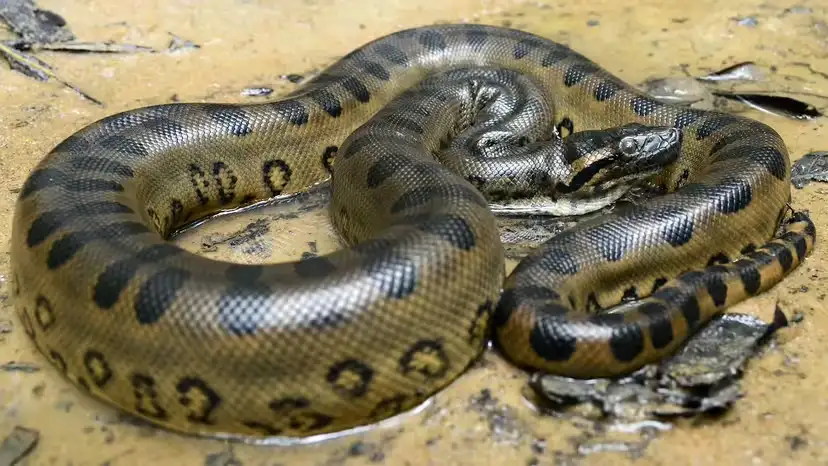
The green anaconda (Eunectes murinus) grabs the title of biggest snake in the world. And probably eats it.
Key idea: “Biggest” can mean longest (length) or largest by mass. Snakes stretch, dehydrate, bloat after meals, and resist handling; measurements vary. Females are often larger than males in giant species.
Length vs. mass: Biologists often treat mass as the better size metric (it scales with overall “bigness”), but length is easier to report and compare historically.
Live vs. straightened: Coiled snakes read short; stretched or post-mortem measures can read long. Best practice is straight-line length on a flat surface.
Digestive state: Recently fed snakes can weigh far more. Researchers prefer fasted weights.
Sexual size dimorphism: In giants like retics and anacondas, females commonly outgrow males.
Ordered by maximum credible wild lengths. Typical adult sizes are smaller.
Reticulated Python (Malayopython reticulatus) — up to ~32 ft / 9.8 m
SE Asia rainforest & farmland edge. Famous for extreme lengths; non-venomous constrictor taking mammals and occasionally larger prey. Females grow longer than males.
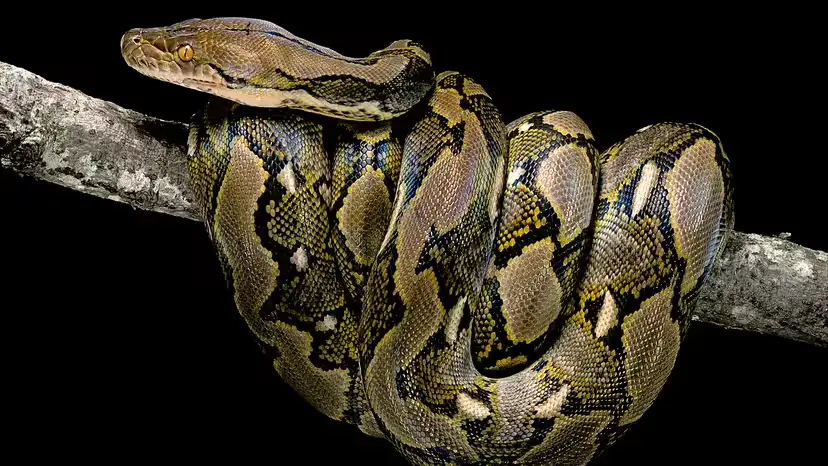
Green Anaconda (Eunectes murinus) — up to ~30 ft / 9.1 m
Amazon–Orinoco wetlands. Semi-aquatic ambush constrictor; not usually the longest, but the bulkiest modern snake.
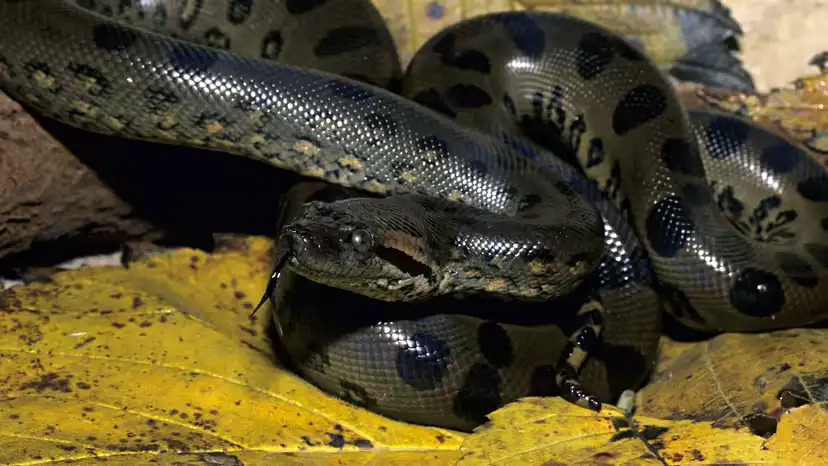
Scrub (Amethystine) Python (Simalia amethistina complex) — up to ~27 ft / 8.2 m
Australasia. Slender for its length; an agile climber along forested ridges and rocky outcrops.
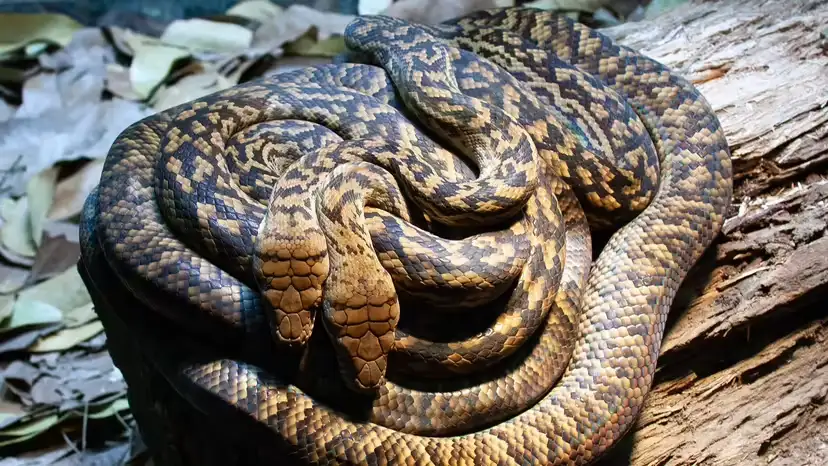
African Rock Python (Python sebae) — up to ~24 ft / 7.3 m
Sub-Saharan Africa. Powerful, broad-headed constrictor; takes antelope, monitor lizards, even young crocs.
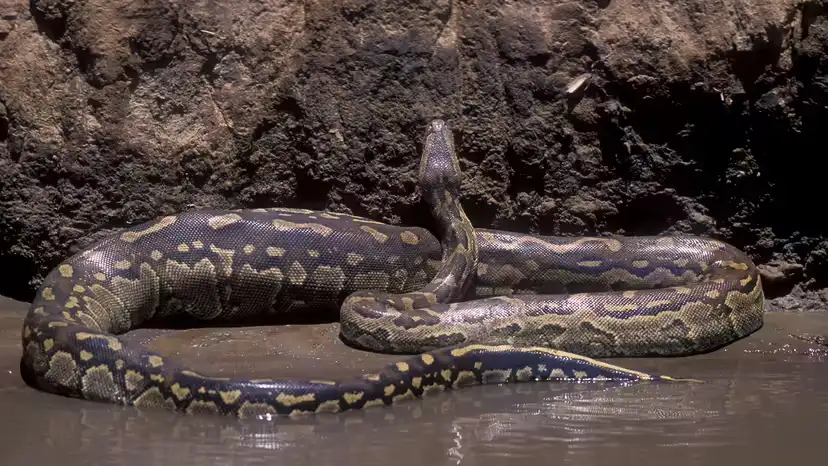
Indian (Black-tailed) Python (Python molurus) — up to ~20 ft / 6.1 m
South Asia. Strong swimmer of grasslands and wetlands; typically calmer disposition than P. sebae.
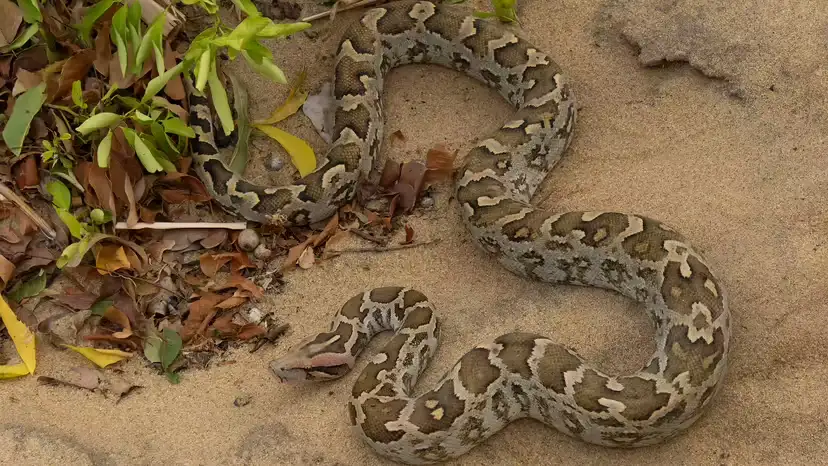
King Cobra (Ophiophagus hannah) — up to ~18–19 ft / 5.5–5.8 m
World’s longest venomous snake. Eats other snakes (including pythons), builds leaf nests for eggs—unusual parental behavior for snakes.

Ordered by maximum reported mass. Extreme individuals are rare.
Green Anaconda (Eunectes murinus) — up to ~249–250 kg / 550 lb (exceptional)
Broad, muscular body; water buoyancy allows mass far beyond most pythons.
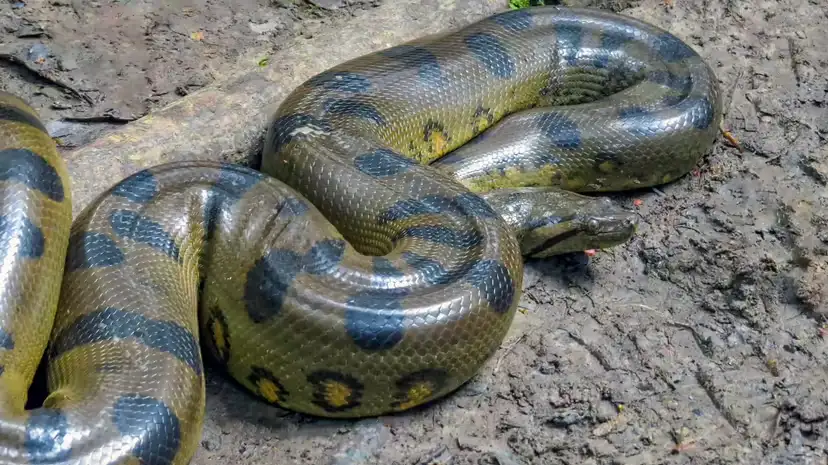
Burmese Python (Python bivittatus) — to ~183 kg / 403 lb (exceptional captive/wild-invasive cases)
Southeast Asia native; superb swimmer; females often larger. (Invasive populations show rapid growth where prey is abundant.)
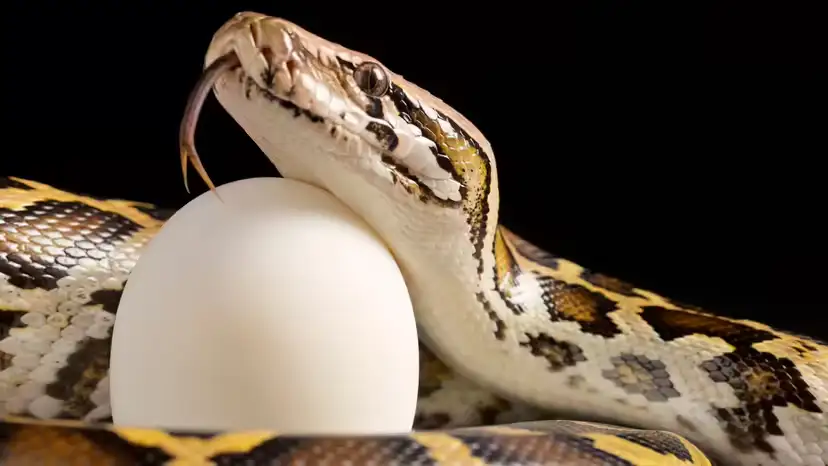
Reticulated Python (Malayopython reticulatus) — to ~159 kg / 350 lb
Combines extreme length with high mass in large females.

African Rock Python (Python sebae) — to ~91 kg / 200 lb
Africa’s largest snake; robust build, strong maternal guarding of clutches.
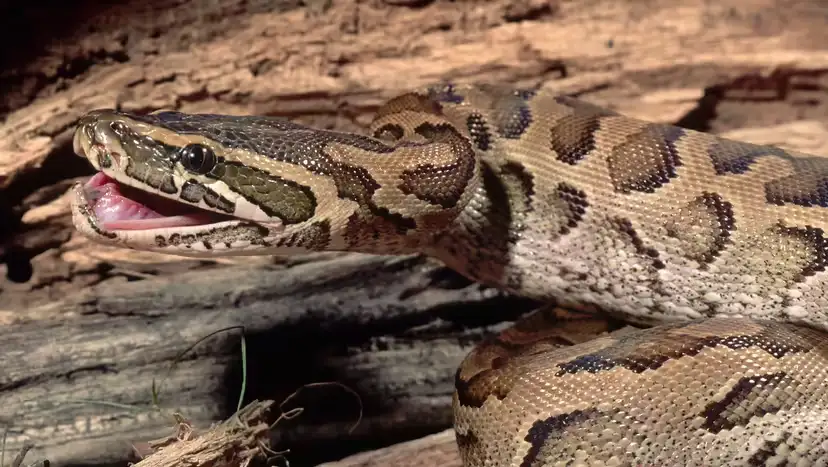
Indian Python (Python molurus) — to ~91 kg / 200 lb
Heavy mid-body girth in prime females; historically confused with Burmese python in some records.
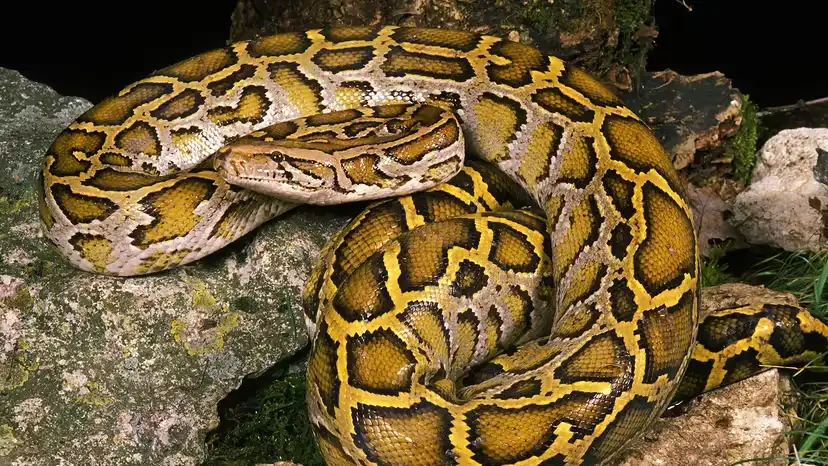
Scrub (Amethystine) Python (Simalia amethistina complex) — to ~35 kg / 77 lb
Long but relatively lean; mass trails bulkier pythons/anacondas.
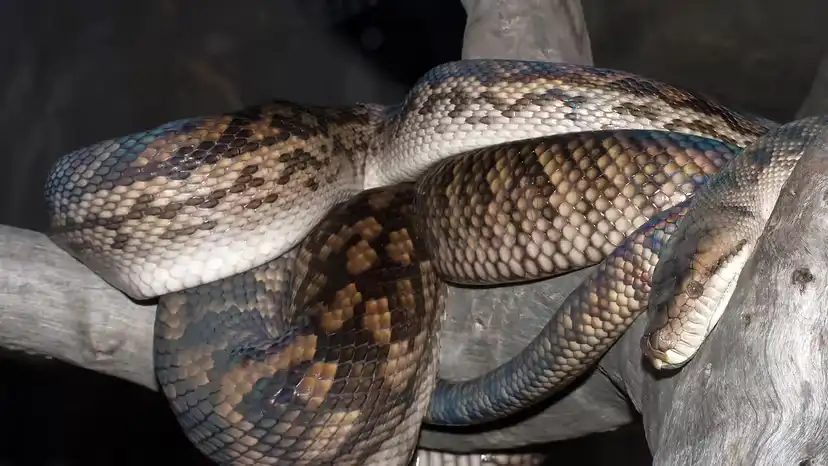
Titanoboa cerrejonensis — ~42 ft / 12.8 m; >1.1 metric tons
Paleocene (≈58 Ma), Colombia’s ancient river systems. The largest known snake; semi-aquatic, likely preying on big fish and crocs.

Attendees view a replica of the prehistoric Titanoboa, the largest snake to ever live, on display at Grand Central Terminal on March 23, 2012 in New York City.
Gigantophis garstini — ~36 ft / 11 m
Eocene (≈40 Ma), N. Africa. A member of the extinct Madtsoiidae; probably an apex predator of wetlands with crocodylian prey.
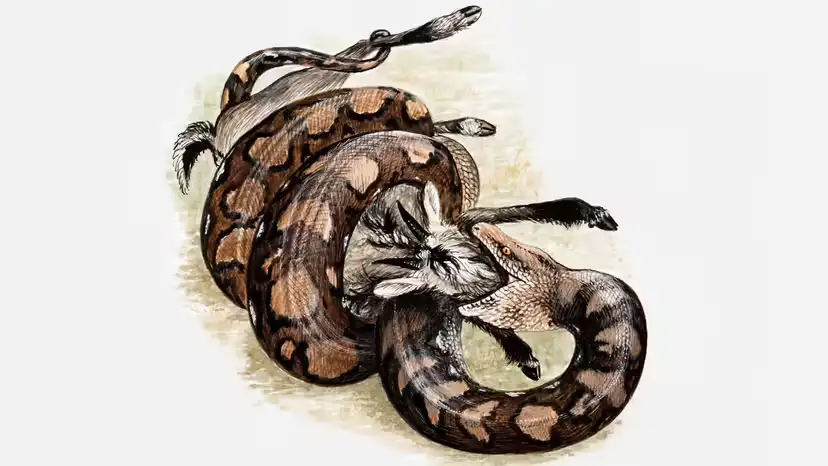
The reticulated python is currently the largest snake in the world, capable of swallowing a goat whole — and it's still smaller than Gigantophis garstini was.
| Rank | Species | Max Length (approx.) | Region | Notes |
|---|---|---|---|---|
| 1 | Reticulated python | 9.8 m / 32 ft | SE Asia | Longest modern snake |
| 2 | Green anaconda | 9.1 m / 30 ft | S. America | Semi-aquatic, immense girth |
| 3 | Scrub python | 8.2 m / 27 ft | Australasia | Long, comparatively lean |
| 4 | African rock python | 7.3 m / 24 ft | Africa | Aggressive when threatened |
| 5 | Indian python | 6.1 m / 20 ft | South Asia | Strong swimmer |
| 6 | King cobra (venomous) | 5.5–5.8 m / 18–19 ft | S & SE Asia | Longest venomous snake |
| Rank | Species | Max Mass (approx.) | Region | Notes |
|---|---|---|---|---|
| 1 | Green anaconda | ~249–250 kg / 550 lb | S. America | Heaviest living snake |
| 2 | Burmese python | ~183 kg / 403 lb | SE Asia | Exceptional outliers |
| 3 | Reticulated python | ~159 kg / 350 lb | SE Asia | Combines length + mass |
| 4 | African rock python | ~91 kg / 200 lb | Africa | Africa’s heaviest |
| 5 | Indian python | ~91 kg / 200 lb | South Asia | Often female-biased |
| 6 | Scrub python | ~35 kg / 77 lb | Australasia | Long but lighter build |
Why anacondas “win” mass: Water support lets them pack on bulk without the locomotion costs terrestrial giants face.
Ambush vs. active hunters: Anacondas often ambush at water edges; retics/scrubs actively patrol forest edges and canopy/rock systems.
Heat pits & night vision: Pythons have labial heat-sensing pits aiding nocturnal hunting.
Prey handling: Constriction isn’t “crushing”; it halts blood flow and breathing quickly.
Female gigantism: In giant constrictors, bigger females produce larger clutches or bigger young, driving selection for female-biased size.
What’s the biggest snake ever measured accurately?
For living snakes, a handful of reticulated pythons near 10 m are widely cited; measurement quality varies. For mass, green anacondas hold the crown.
Can any snake eat a human?
Rare, but very large reticulated, Burmese, and African rock pythons have taken unusually large prey (including humans) under exceptional circumstances.
Which is more dangerous: anaconda or retic?
Both are powerful non-venomous constrictors. Risk depends on size, context, and human behavior. Venomous giants (e.g., king cobra) present different hazards.
Are there longer venomous snakes than the king cobra?
As a species, king cobra is the longest venomous snake. Individual lengths beyond ~6 m are highly doubtful.
How reliable are record claims?
Treat single-source, no-photo or post-mortem stretched measures skeptically. The best records include photos, scale bars, and straight-line methods.
animal tags:
We created this article in conjunction with AI technology, then made sure it was fact-checked and edited by a Animals Top editor.